Making ethical consumer choices – especially with the clothes we wear is getting easier as the world acknowledges the pitfalls of fast fashion. But is it easier for mothers? Our children grow so fast and often the need for something new – winter PJs, a summer hat – arises unexpectedly and understandably convenience might win the day. If you’re a breastfeeding mother, prioritising ethical nursing wear is probably even harder. We do the best we can and awareness if the first step.
Here is a guide to get started making more ethical choices when it comes to clothes.
Love and cherish the clothes you have – even those ugly track pants. Go to great lengths not to lose items and mend them where possible.
Give away clothes you have no longer use for and accept hand-me-downs from friends and family with an open heart. With luck you will find a family who, between ages, seasons and tastes, you could be a perfect fit for years of trade. You could also start a local clothes swap – a great way to meet like-minded families. And of course, shop at your local charity shops.
When buying new you could research The Ethical Fashion Report or apps such as Good On You. Or take a good look through the company’s website – if they are ethical they will say so. Trust your intuition and dig a little deeper if you need to. Look for companies that ensure fair treatment of all the workers in their supply chain.
And when buying new – what fibres do you choose? There are question marks over each option.
Cotton is renewable and biodegradable – but is it always sustainable? Are farmers getting a fair price and not sacrificing their health with chemical use? Not all countries are suitable for growing cotton. It might be possible to grow cotton in the deep south of New Zealand – but how much energy would be required? Cotton can use vast amounts of water, fertilisers and pesticides. But it is also grown in some countries as a traditional crop using ancient farming methods and rain-fed irrigation. Look out for Fairtrade cotton to ensure that no farmers are being disadvantaged.
There is commonly misconception around viscose (also known as rayon). In short – it is a man-made fibre from a natural product – usually woodchips. Most of bamboo is viscose. But how does it get from a rough raw product to a soft fabric? The process involves some toxic solvents that are dangerous to workers, dangerous to waterways and potentially still traceable on the garments you buy.
But a newer technology developed from viscose is Lyocell and is considered far more environmentally friendly. The solvents are less toxic, and water used in the process is recycled in a closed loop system. More and more bamboo fabric is becoming available as Lyocell, so it’s a good idea to keep an eye on these developments.

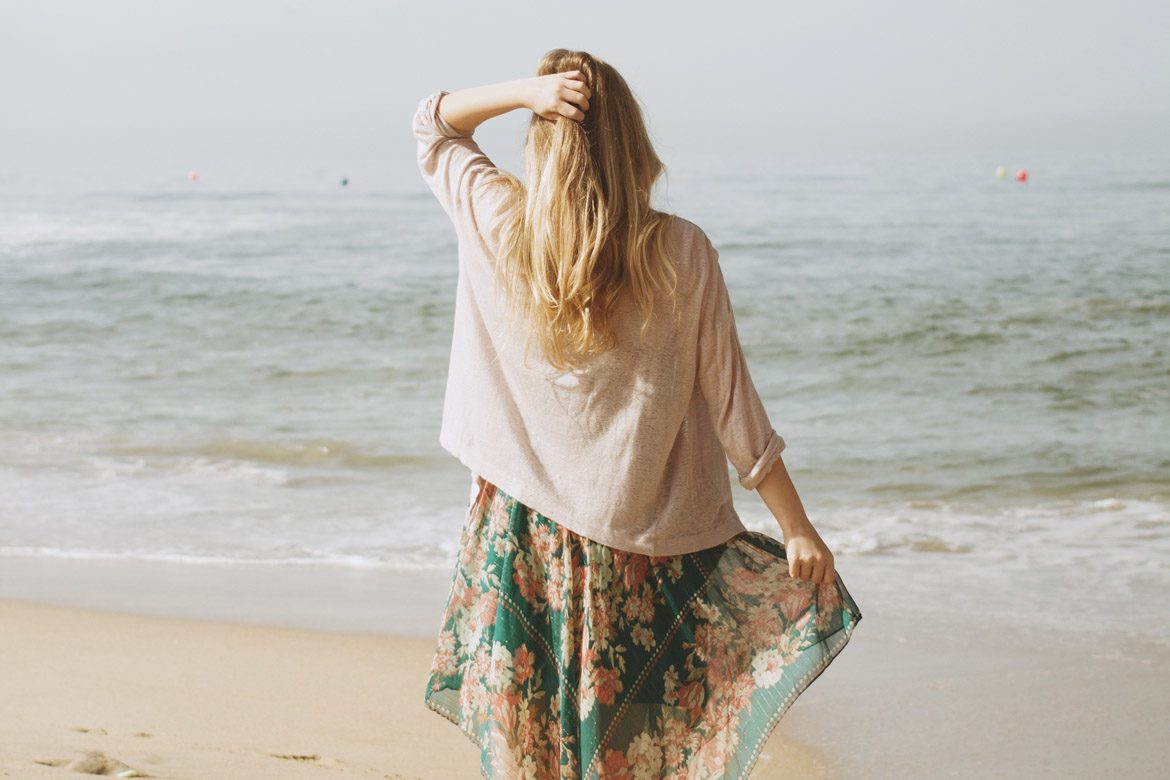
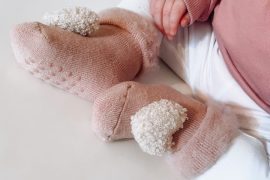
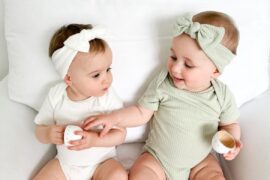
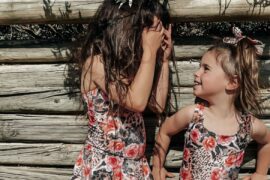

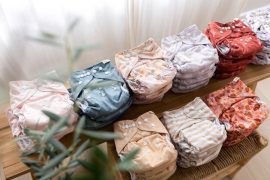

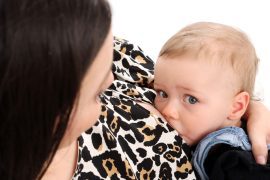
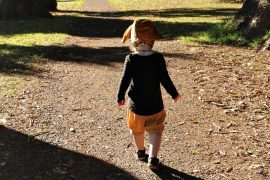
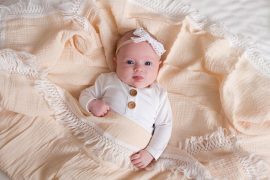
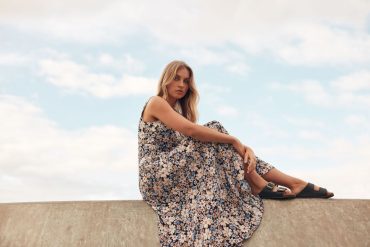
Great article. I think it’s important to note that although *most bamboo is viscose (chemically made) there are some awesome brands who use 100% mechanically made bamboo which is free from chemicals. Not all Bamboo is created equally!